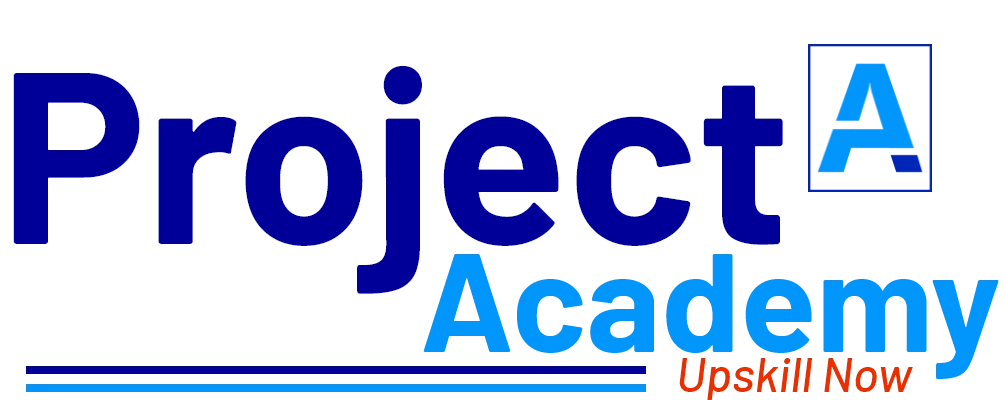Project Outline:
A recipe sharing platform is an online platform where users can upload and share recipes with a community of other home cooks.
1) Development Phase:
Set up the development environment and infrastructure.
It should have an Admin account and user accounts, where admin is responsible for maintaining the recipes uploaded.
Develop authentication and authorization system.
Create homepage that should provide an overview of the website, including the top-rated recipes, featured recipes, and new recipes. The homepage should also provide easy navigation to other sections of the website
Create the recipe management page that includes features like ingredient lists along with quantity, cooking instructions, photos, videos, nutritional information, and rating/review systems. Develop search and filter functionality to enable users to browse recipes by cuisine type, dietary restrictions, ingredients, and meal type.
2) Testing Phase:
Conduct functional and usability testing.
Fix bugs and improve the website performance.
Applications
- Inspiration for Home Cooks: Recipe sharing websites provide home cooks with inspiration for new meals and ideas on how to use ingredients they have on hand. Users can browse a wide range of recipes to find one that fits their preferences, dietary restrictions, and cooking abilities.
- Community Building: Recipe sharing websites enable users to connect with others who share their love of cooking and exchanging recipes. Users can engage with one another by sharing feedback and comments on each other’s recipes, creating online cooking groups, and participating in forums and discussions.
- Dietary and Nutritional Needs: Recipe sharing websites can be tailored to cater to specific dietary needs such as vegan, vegetarian, gluten-free, low-carb, or low-fat. Users can search for recipes that meet their dietary requirements, and recipe creators can label their recipes accordingly.
- Marketing Platform for Food Brands: Recipe sharing websites can provide a marketing platform for food brands to promote their products by creating recipes that feature their products. This can help to drive sales and brand awareness.
- Recipe Sharing and Preservation: Recipe sharing websites can also serve as a platform for sharing family recipes and preserving cultural culinary traditions. By sharing recipes online, users can ensure that these recipes are preserved and passed down to future generations.
Hardware and software requirements:
Hardware requirement
A laptop with:
- At least Intel i3 core processor.
- A minimum of 4GB RAM
- Hard disk with at least 200GB of storage
Software requirement
- Web Server: You need a web server to host your website. Popular web servers include Apache, Glass Fish, etc.
- Programming Language: You will need a programming language to build the website. Popular languages include PHP, Python and Java.
- Database: You need a database to store the recipes and other website data. Commonly used databases include MySQL, PostgreSQL.
- Content Management System (CMS): You can use a CMS like WordPress, Drupal, or Joomla to manage the content of your website and create pages.
- Frameworks: You can use a web application framework to simplify the development process. Popular frameworks include Laravel, Django and Spring.
- Front-end Technologies: You need front-end technologies like HTML, CSS, and JavaScript to build the user interface of your website. You can use a front-end framework like React or Angular to simplify this process.
- Payment Gateway: If you plan to charge for access to your recipes or sell products related to recipes, you will need a payment gateway integration. Popular payment gateways include Stripe and PayPal.
- Hosting: You will need a hosting service to host your website on the internet. Popular hosting providers include AWS, Google Cloud, and Bluehost.
Tool:
A modern web browser, integrated development environment (IDE), and text editor are essential tools for web development. Popular IDEs include Visual Studio Code, Atom, and Sublime Text, while popular text editors include Notepad++, Brackets, and TextMate.
Technology:
Full stack technology refers to the entire depth of a computer system application, and full stack developers straddle two separate web development domains: the front end and the back end. The front end includes everything that a client, or site viewer, can see and interact with.
What You’ll Learn after doing this project?
- Web development skills
- User experience design
- Project management
- Content management
- Problem solving




